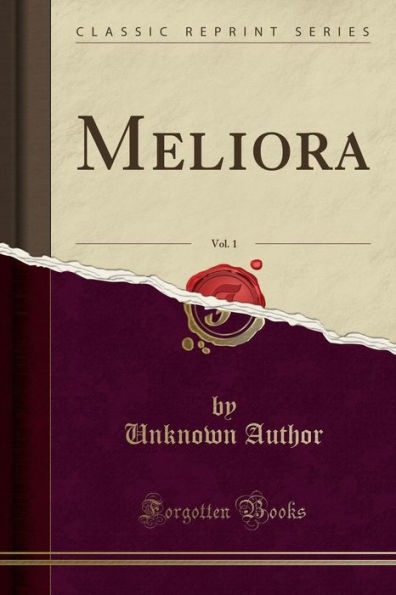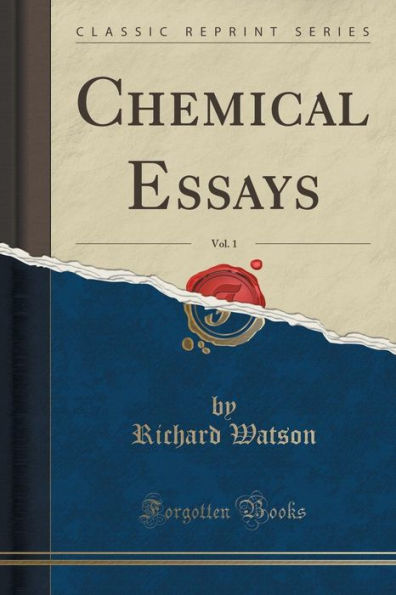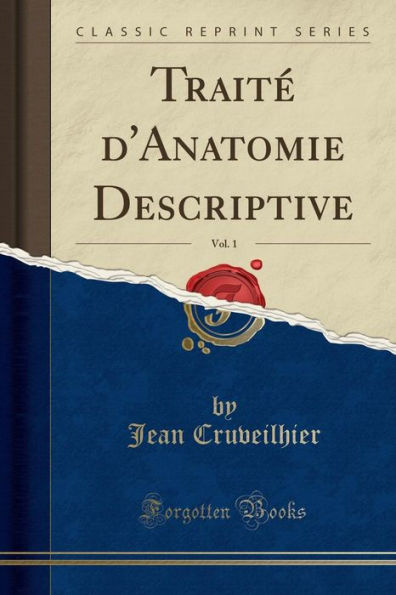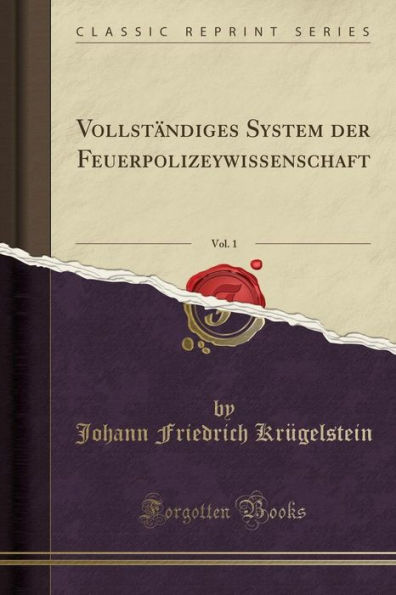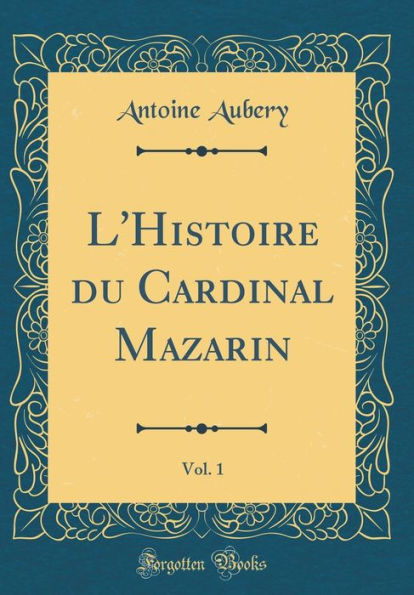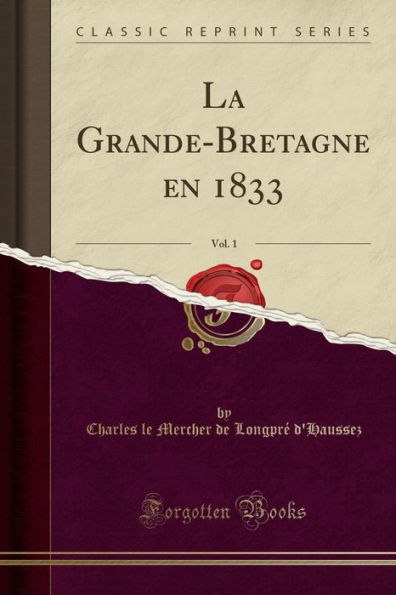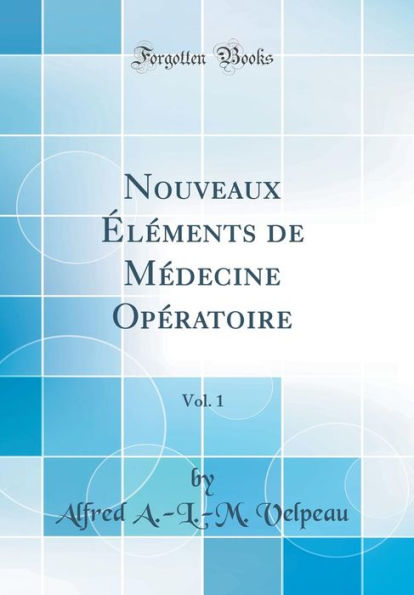Home
Simple Art Applied to Handwork, Vol. 1 (Classic Reprint)
Loading Inventory...
Barnes and Noble
Simple Art Applied to Handwork, Vol. 1 (Classic Reprint)
Current price: $11.57
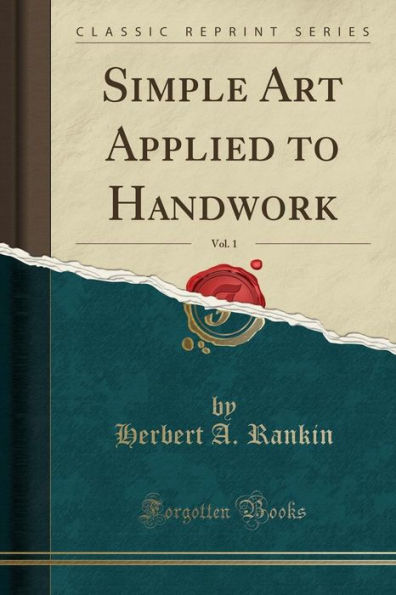

Barnes and Noble
Simple Art Applied to Handwork, Vol. 1 (Classic Reprint)
Current price: $11.57
Loading Inventory...
Size: OS
*Product Information may vary - to confirm product availability, pricing, and additional information please contact Barnes and Noble
Excerpt from Simple Art Applied to Handwork, Vol. 1
The necessary deftness, skill, adaptability, and foresight, which the common applied arts require and engender, are surely 1n finitely to be preferred for our pupils, touching as they do 'the real and the concrete, and presenting in an attractive form replicas of the actual problems of life.
Some such thoughts and aims may possibly have been In the minds of the framers of the first drawing scheme for elementary schools, though they certainly approached the subject from an Opposite pole, the form of the decorative units being their first consideration the old freehand copies), appropriate applica tion being left to take care of itself, or perhaps reserved for future development. Unfortunately, although this scheme was in operation for many years, it never generally reached the applied stage. Perhaps examinations helped to fix the original scheme and denied it development. Possibly, also, the class conditions that held in those days, when each school was a barrack con taining classes of from sixty to ninety as a usual thing, more than helped to crystallize and preserve its original shape. Handwork of any kind was then practically impossible, owing to this unwieldy size of classes so a short cut was tried, leaving out the necessary craft work and getting at once to the purely art work.
Still, however much we are in agreement with the possible aims of the original scheme, it must be admitted it was a sad failure. At the present time, we are consequently wiser in the respect that we recognise that decoration should be a part of, or at least appropriate to, the object, or the tool that produces it, not some thing abstract or apart from it. Naturally, it follows that the two should not be separated.
About the Publisher
Forgotten Books publishes hundreds of thousands of rare and classic books. Find more at www.forgottenbooks.com
This book is a reproduction of an important historical work. Forgotten Books uses state-of-the-art technology to digitally reconstruct the work, preserving the original format whilst repairing imperfections present in the aged copy. In rare cases, an imperfection in the original, such as a blemish or missing page, may be replicated in our edition. We do, however, repair the vast majority of imperfections successfully; any imperfections that remain are intentionally left to preserve the state of such historical works.
The necessary deftness, skill, adaptability, and foresight, which the common applied arts require and engender, are surely 1n finitely to be preferred for our pupils, touching as they do 'the real and the concrete, and presenting in an attractive form replicas of the actual problems of life.
Some such thoughts and aims may possibly have been In the minds of the framers of the first drawing scheme for elementary schools, though they certainly approached the subject from an Opposite pole, the form of the decorative units being their first consideration the old freehand copies), appropriate applica tion being left to take care of itself, or perhaps reserved for future development. Unfortunately, although this scheme was in operation for many years, it never generally reached the applied stage. Perhaps examinations helped to fix the original scheme and denied it development. Possibly, also, the class conditions that held in those days, when each school was a barrack con taining classes of from sixty to ninety as a usual thing, more than helped to crystallize and preserve its original shape. Handwork of any kind was then practically impossible, owing to this unwieldy size of classes so a short cut was tried, leaving out the necessary craft work and getting at once to the purely art work.
Still, however much we are in agreement with the possible aims of the original scheme, it must be admitted it was a sad failure. At the present time, we are consequently wiser in the respect that we recognise that decoration should be a part of, or at least appropriate to, the object, or the tool that produces it, not some thing abstract or apart from it. Naturally, it follows that the two should not be separated.
About the Publisher
Forgotten Books publishes hundreds of thousands of rare and classic books. Find more at www.forgottenbooks.com
This book is a reproduction of an important historical work. Forgotten Books uses state-of-the-art technology to digitally reconstruct the work, preserving the original format whilst repairing imperfections present in the aged copy. In rare cases, an imperfection in the original, such as a blemish or missing page, may be replicated in our edition. We do, however, repair the vast majority of imperfections successfully; any imperfections that remain are intentionally left to preserve the state of such historical works.
